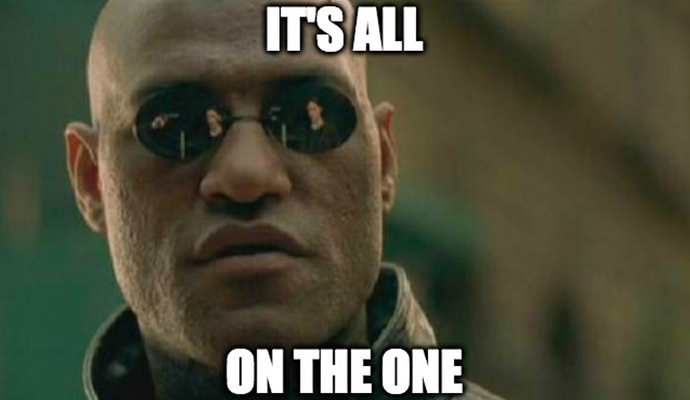I can chime in for the time being, @Jazzbass19…
So, there are chords and there are scales. A major scale has 7 notes with the following “spacing” between the notes (starting from the root): W-W-H-W-W-W-H (W: whole tone step, H: half tone step). This is true for every major scale, and the H’s are never anywhere else than where they are in the sequence given above (for major scales). The H at the end is actually the half tone step from the 7th to the octave (root). Because it is a half tone step it also means the 7th in a major scale is a major 7th and NOT a minor 7th (you could also say it is a “normal” 7th and NOT a flat 7th).
Take a C major scale: C - D - E - F - G - A - B. As you can see, the “B” is a “normal” 7th. The flat 7th would be a Bb.
On to chords: most chords are thirds stacked on top of each other. A C major chord is C - E - G, two thirds stacked on top of each other (you’ll note that all notes are from the C major scale here, namely the third and the fifth). If you want to expand this C major chord, you can keep stacking thirds on top (the next one would be seventh, then the ninth, the eleventh and so on - jazz musicians do that all the time). Thus, the C major 7 chord is: C - E - G - B (again, these are all from the C major scale).
Now, minor scales are a bit more complicated as there are three: natural, harmonic and melodic minor. The one we learned in the course is the natural minor, which has a flat third, a flat sixth, and a flat seventh. So, the natural C minor scale would be: C - D - Eb - F - G - Ab - Bb.
A C minor chord is: C - Eb - G, and a C minor 7 chord is C - Eb - G - Bb
But, nobody prevents you from creating a major chord with a flat 7th - that is called a “dominant chord” (e.g., C 7: C - E - G - Bb); or, you could also create a minor chord with a major seventh - that is called a minor major seventh chord (but those are not used that often in popular music, mostly in jazz).
So, if the music you are supposed to create a bass line for is using standard chords (without the seventh), then you don’t have to worry at all, as the funk box avoids the third (and the sixth) - i.e. it works for major and minor chords.
If there are chords with the seventh involved, then the funk box works for minor 7 chords and dominant 7 chords, but NOT for major 7 chords.
Blues, for examples, uses typically only dominant chords, so the funk box works perfectly.
Sorry for the long post. I hope this makes some sense?! I also hope @JoshFossgreen will chime in and correct any blunders I might have made here (but I do hope I got it right  )
)






 )
)